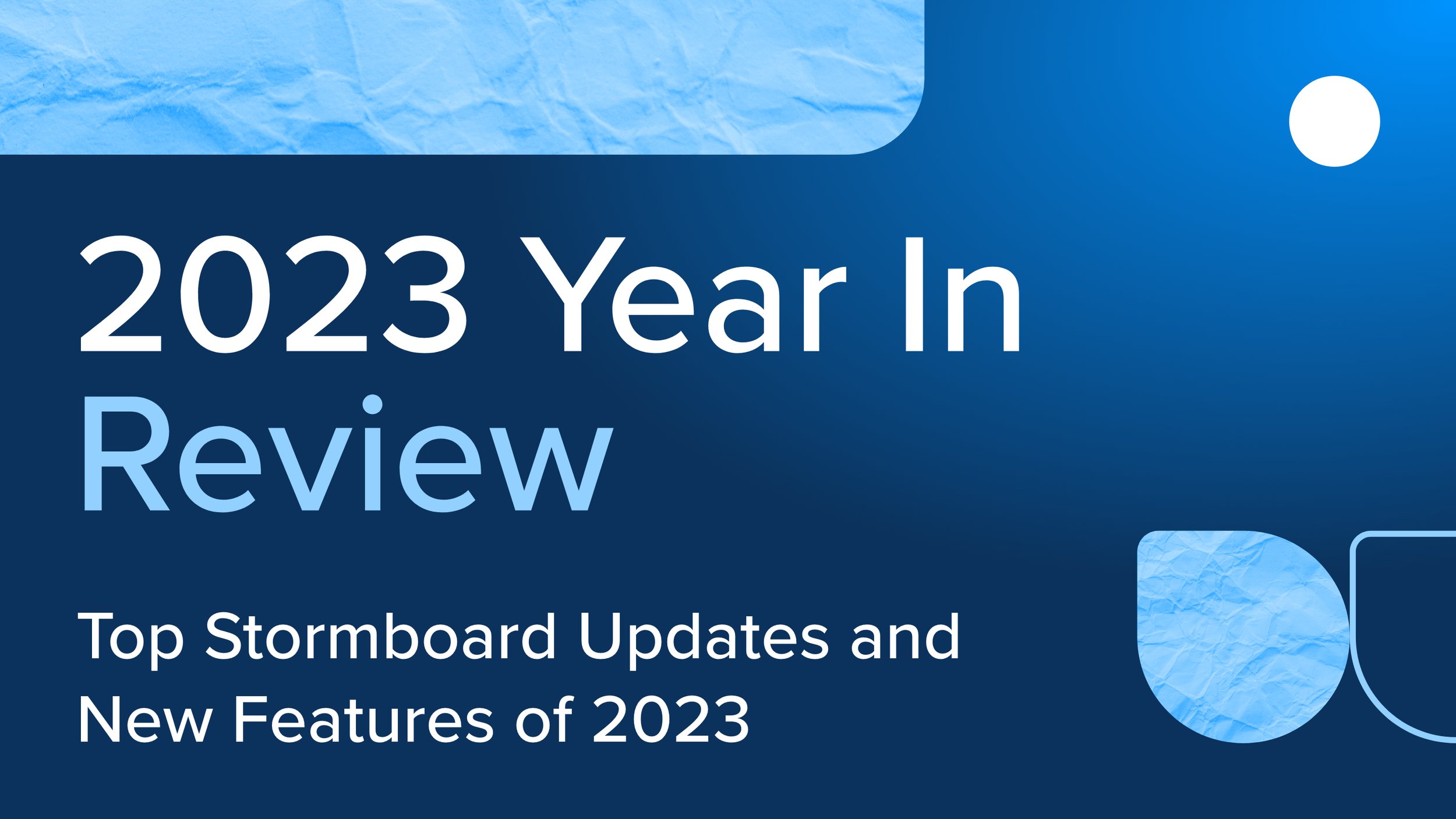Selling Collaboration To Your Boss
You’ve discovered an exciting new collaboration product at a conference, convention, online, through a colleague, or saw it advertised on a bus bench on your way to the office. You’re inspired, excited, and can see how this product could make a huge impact in your organization and change the way that your team works together in a major way, but selling collaboration isn’t easy.
You quickly come up with a plan to get Barb, Joe, Mark, and Heather — the people that you work directly with — excited about this new collaboration tool.
But, that’s when you hit a roadblock.
You have your immediate colleagues on board, but how do you get your manager, boss, company owner, or executive team excited enough about this new tool that they are willing to approve your use of it, implement it company-wide, and (most importantly) pay for it?
Let’s be honest, collaboration tools are not new and there is a good chance that management has tried different versions of them before that only added extra steps to their workload, or were never implemented and utilized properly resulting in their failure.
According to an article in Fortune about pitching ideas to your superiors:
“Most of the people you are selling to aren’t investors looking for the next big thing; they are operators, already invested in something else, just trying to cross the next thing off their to-do list… It’s hard to get senior management to pay attention to new ideas – not because the leaders are arrogant or overwhelmed, but because they are disciplined. It is an executive’s duty to define and defend a strategic agenda – a small set of initiatives that will keep the organization competitive and relevant. This strategic agenda becomes a repellant to new ideas or initiatives, or anything that interferes with or distracts from that agenda.” (source)
So, how do you sell a new tool — let’s say Stormboard — to your executive team who has their own agenda, and (let’s be honest) aren’t interested in yours?
You identify the pain points in your organization, frame the issues, get a little help from your team, adhere to company norms, and then pitch Stormboard based on how it can help successfully implement their (aka the company’s) agenda.
Identify The Pain Points
How do you know what your company’s pain points are? Good question, and one that takes a bit of sleuthing to figure out.
There may be general company-wide goals that are shared at the beginning of each year that touch on pain points, but when it comes to enterprise, those goals are usually not as detailed as the ones that the executives are focused on.
According to an article in Fortune:
“This means you’ll have to figure it out yourself by using some keen observation and a bit of math. Try keeping count the number of times they mention a particular issue — the things they talk about a lot are typically top of their agenda. To figure out their strategic priorities, triangulate the various strategy pronouncements and organizational announcements to find the central theme. Look for their top three priorities — because if your idea doesn’t impact one of their top three things, you’re off agenda.” (source)
Has the CIO mentioned that she wants to find ways to engage different age groups so that everyone feels challenged and heard? Are your managers scrambling to cut costs and save money? Is your boss looking for an effective way to connect remote teams? Are projects taking too long to implement? Are great ideas generated in brainstorming sessions getting lost? Is the company goal to increase revenue?
In identifying the pain points, instead of just talking about the features and functionality of Stormboard, you will be able to align your pitch with the company agenda and let your executive team know exactly how the collaborative solutions that Stormboard offers will solve their particular issues.
Frame The Issues
Now that you’ve identified the pain points, you need to explain how solving these problems with a tool like Stormboard fits into the bigger picture of the organization. In other words, you need to show how using a new collaboration tool will support a strategic goal.
For example, if your company goal for the fiscal year is to cut internal costs, you can point out that Stormboard is an ongoing, interactive platform. This means that meetings can be prepped ahead of time and everyone can contribute in real-time. Meetings will be shorter because instead of waiting their turn to speak, participants can just type their ideas on the screen before, during, or after the meeting, and any ideas generated stay accessible indefinitely. Using Stormboard would cut time spent in meetings down significantly, saving time, money, and allowing employees to use their time more efficiently.
Involve Your Colleagues
If you’ve successfully convinced your team to give the new product a try and they’ve liked it, you already have a test case, and allies, to go to your executives with.
A coalition of people who are also excited about Stormboard, and what it could do to make them more effective, will definitely help sell your idea. Remember, executives are looking for something that is easy to implement, and will actually be useful so that the company’s time and money aren’t wasted.
Tailor Your Pitch To Company Norms
You’ve done your research, you have support from your team, and now it’s ready to come up with your presentation.
When designing your pitch, it is important that you make an effort to adhere to your company norms. You need to understand what kind of data or talking points your company executives like to use to make decisions and the format that they like to receive information in. You don’t want your message to be ignored because your approach is too informal or your boss detests that color of your Powerpoint slides.
According to an article in the Harvard Business Review:
“One important norm to understand is whether it’s generally best to use formal or informal approaches. Casual conversations allow issue sellers to get an off-the-record read on their ideas and avoid putting their target audience on the spot in public. But formal approaches can convey seriousness and apply helpful pressure on decision-makers to respond…
In one company we studied, senior managers claimed to want innovative thinking but were described, even at “blue sky” meetings, as chastising those who didn’t present slide shows using company-approved templates.” (source)
In other words, use the language that your executive team uses, and make sure your pitch format adheres to the company’s meeting and presentation format so that your message comes across loud and clear.
Find The Right Time
Pay attention to not only what is going on within your company, but also trends in the media so that you are pitching this tool at the right moment.
It could be the beginning of the fiscal year, maybe priorities are shifting, there could have been a recent staff turnover, or your boss has just wrapped up a major project and is open to new ideas.
To ensure that your pitch is actually listened to and considered, you need to make sure that it aligns with the company’s needs at the time and new or ongoing trends in your field.
Confirm The Executive Agenda
In order to impress your bosses and get them excited about a new collaboration tool like Stormboard, you need to be clear about how it aligns with the company goals and will help to implement the organization’s agenda.
Now that you’ve identified the pain points that are a part of the executive agenda, you need to reinforce in your pitch that you “get it” and are only wanting to help them accomplish their goals.
Then, pitch Stormboard as the tool that will further the company agenda by solving the specific pain points that are currently affecting the way that your team collaborates.
Once they see the research you have done, and how the platform will help and not hinder the goals of the company, you are likely to have achieved your goal of getting you and your colleagues using Stormboard to make your meetings, collaboration, and brainstorms better!
Article Resources
The Worst Thing You Can Do When Pitching An Idea To Your Boss (Fortune.com)
Get The Boss To Buy In (hbr.com)
Get Started
Interested in a Stormboard Enterprise Subscription? Learn more about our exclusive features here.









